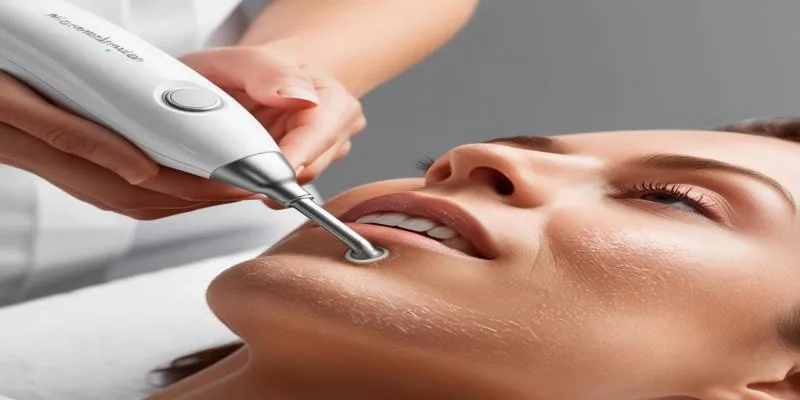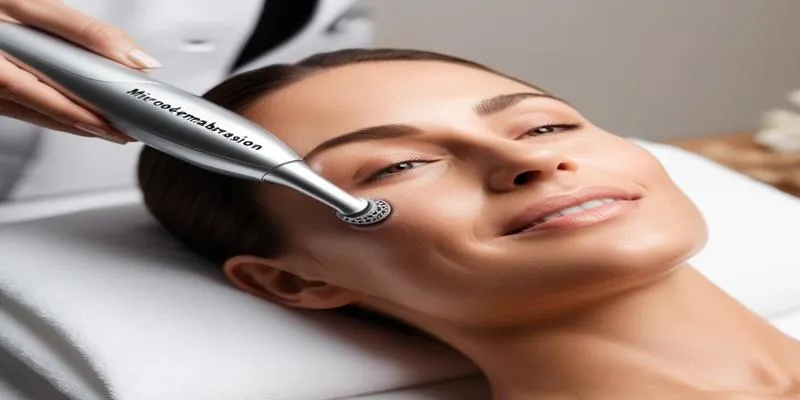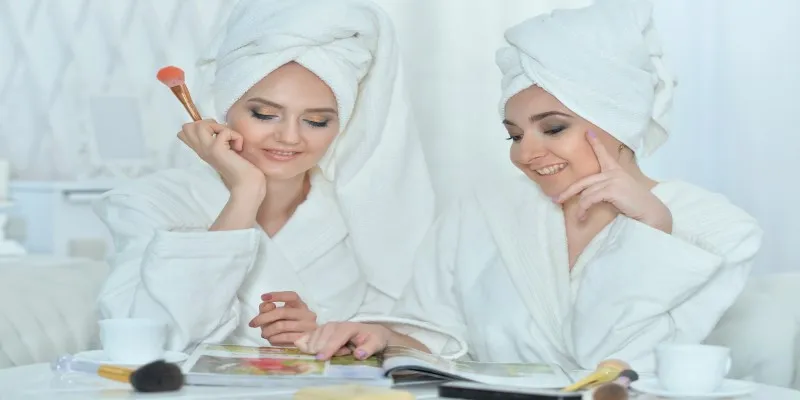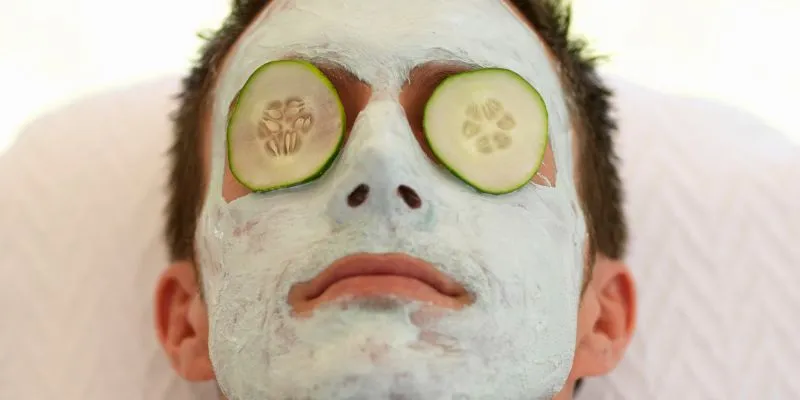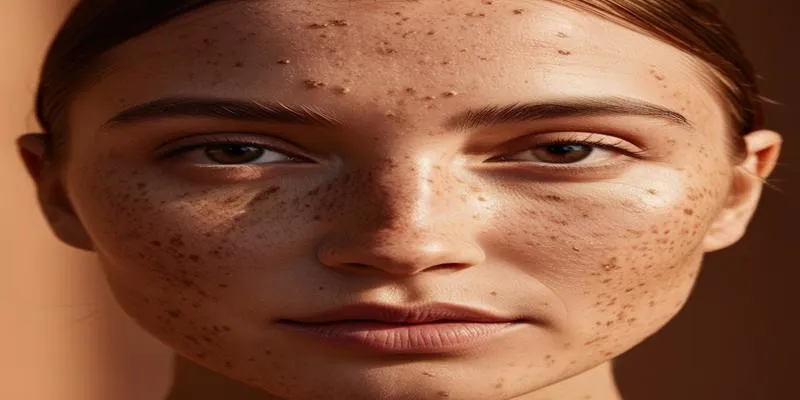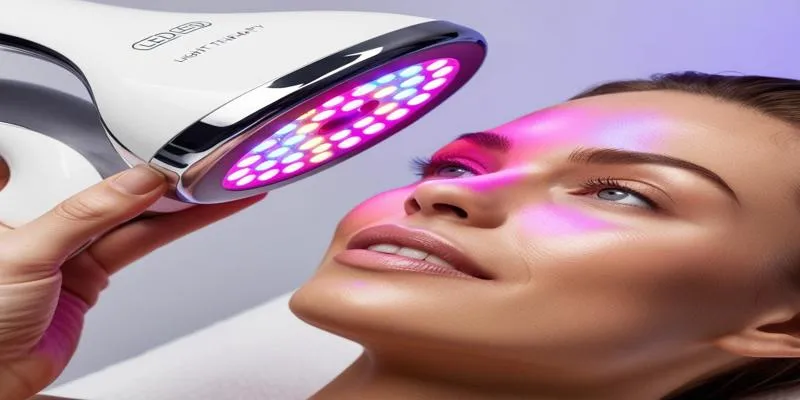Understanding the Differences Between Microdermabrasion and Dermaplaning
Are you aiming for fresher and more radiant skin? Microdermabrasion and dermaplaning are two popular exfoliating treatments offered by skincare professionals. This article highlights the main differences between these treatments, including their methodologies, benefits, and potential side effects.
Understanding Microdermabrasion and Exploring Dermaplaning
**Microdermabrasion: The Gentle Exfoliation**
Microdermabrasion is a non-invasive cosmetic treatment that uses fine crystals or a diamond-tipped wand to remove the stratum corneum, the thin outer layer of skin composed of dead skin cells. This process creates small micro-injuries to the skin, stimulating collagen production and cell turnover, resulting in smoother and brighter skin with improved texture and tone.
The treatment might cause light scratching as the tool passes over the skin. Lasting about 30-60 minutes, it requires no downtime, earning it the nickname “lunchtime” cosmetic treatment. It suits most skin types and addresses fine lines, mild acne scars, and uneven texture.
Dermaplaning: The Precision Approach
Dermaplaning is a manual exfoliation technique using a sterile surgical scalpel to gently scrape off dead skin cells and fine vellus hair, commonly known as peach fuzz. The results are immediate, leaving your skin super smooth and creating a perfect canvas for makeup.
Performed by a licensed professional, dermaplaning involves pulling the skin taut and gently moving the blade at a 45-degree angle against the face. Unlike microdermabrasion, it does not involve suction or harsh elements. It’s generally painless and takes about 30 minutes.
Both treatments offer skin rejuvenation benefits. Microdermabrasion is ideal for deep exfoliation and collagen stimulation, while dermaplaning excels at removing peach fuzz and providing ultra-smooth skin. The best choice depends on your specific skin concerns, preferences, and advice from a skincare expert.
Critical Differences Between Microdermabrasion and Dermaplaning
While microdermabrasion and dermaplaning are common exfoliating treatments, their approaches and results differ. Understanding these differences can help you choose the best option for your skin type.
Treatment Method
Microdermabrasion treats the top skin layer by spraying tiny crystals or gently sanding with a diamond-tipped wand, providing mechanical exfoliation and stimulating collagen production. In contrast, dermaplaning uses a sterile surgical scalpel to carefully scrape off the outermost layers of dead skin cells and fine facial hair.
Target Concerns
Microdermabrasion effectively addresses irregular texture, mild acne scarring, and enlarged pores, as well as fine lines and wrinkles. Dermaplaning excels in creating a smooth makeup canvas and increasing product absorption, ideal for dry or dull skin.
Rest and Frequency
Microdermabrasion typically requires minimal downtime, with possible initial redness post-procedure. For optimal results, it is recommended every 4-6 weeks. Dermaplaning has zero downtime and can be performed more frequently, every 3-4 weeks, due to its gentle nature.
Suitability for Skin Types
Microdermabrasion suits most skin types except sensitive ones and those with active acne. Dermaplaning is generally suitable for all skin types, including sensitive ones, but is not recommended for active breakouts or excessive facial hair.
Choosing the Right Treatment for Your Skin
Both microdermabrasion and dermaplaning offer great benefits for achieving glowing, youthful skin. Choosing the right path depends on individual skin conditions and specific needs. Here’s how to decide between these two popular skincare treatments.
Understand Your Skin Type and Skin Issues
Your choice between microdermabrasion and dermaplaning should depend on your skin type and specific concerns. Microdermabrasion is effective for fine lines, uneven skin texture, and light acne scarring, as well as removing peach fuzz that can hinder makeup application.
If you have sensitive skin or active acne breakouts, microdermabrasion may be too harsh, making dermaplaning a gentler option. On the other hand, if you have significant facial hair, dermaplaning may provide a smoother result.
Consider Your Desired Results and Timeline
Consider your skincare goals and the speed at which you want to see improvements. Microdermabrasion may require multiple treatments for optimal results but offers more dramatic long-term improvements in texture and tone. Dermaplaning provides instant smoothness but may need to be repeated more frequently for lasting results.
Dermaplaning can provide immediate gratification for special occasions or a quick skin boost, while microdermabrasion could be better for deeper skin quality improvements with a commitment to a series of treatments.
Consult a Skincare Professional
Ultimately, the best way to choose between microdermabrasion and dermaplaning is to consult a qualified skincare professional. They can assess your skin, discuss your goals, and recommend the most appropriate treatment plan. Personalized advice is invaluable for making the right decision for your unique skin needs.
Combining Microdermabrasion and Dermaplaning for Maximum Benefits
 Although
microdermabrasion and dermaplaning are excellent standalone treatments,
combining both can yield even more impressive results. This combination allows
you to address multiple skin concerns simultaneously, offering comprehensive
skin rejuvenation.
Although
microdermabrasion and dermaplaning are excellent standalone treatments,
combining both can yield even more impressive results. This combination allows
you to address multiple skin concerns simultaneously, offering comprehensive
skin rejuvenation.
Synergy
When combined, microdermabrasion and dermaplaning work in harmony. Dermaplaning removes fine vellus hair and the outermost layer of dead skin cells, creating a silky-smooth canvas for microdermabrasion to work on. Microdermabrasion can then address fine lines, hyperpigmentation, and texture issues more effectively.
Improved Product Penetration
A significant advantage of combining these treatments is the enhanced product absorption. Post-treatment, the skin becomes highly receptive to serums, moisturizers, and other skincare products, allowing them to work more efficiently and effectively.
Customized Treatment Plans
Skincare professionals often offer customized combination treatments tailored to your specific skin needs. A typical example starts with dermaplaning to remove peach fuzz and dead skin, followed by light microdermabrasion to target concerns, and concludes with a hydrating mask or serum. This approach ensures you get the most out of both services.
Frequency and Aftercare
While this combination is powerful, it’s essential to space these treatments appropriately. Professionals recommend spacing sessions 2-4 weeks apart, allowing time for the skin to heal and regenerate. Follow your skincare professional’s advice on sun protection, moisturizing, and avoiding harsh products post-treatment.
Conclusion
In conclusion, both microdermabrasion and dermaplaning can enhance your skin’s appearance and feel. Microdermabrasion uses fine crystals for gentle exfoliation, while dermaplaning employs surgical scalpels for precise skin scraping. Your choice depends on your skin concerns, budget, and expectations. Consult with a skincare professional to determine the best approach for your unique needs.
